
|
|
|
| synonym |
|
| description |
A grayish-brown species with a long, slender pronotal horn with a rounded tip. The horn can be mottled, with black lining the edge and white spots present on the surface. Nymphs are brownish overall, a similar color to that of the adults. There is a row of pairs of spines going down the abdomen, as well as a pair of spines in the middle of the thorax. A small forward-facing horn projects from the pronotum. |
| distribution |
Eastern United States |
| abundance |
Seasonal distribution: 6 May-14 June (CTNC) |
| seasonal_occurrence | |
| habitat |
|
| plant associates |
Southern red oak (Quercus falcata) (CTNC); has also been associated with American Chestnut (Castanea dentata) and black oak (Q. velutina) . Adults have additionally been found on Pyrus (pear), Quercus alba (white oak), Q. bicolor (swamp white oak), Q. coccinea (scarlet oak), Q. ilicifolia (bear or scrub oak), Q. montana (chestnut oak), Q. palustris (pin oak), Q. phellos (willow oak), Q. rubra (northern red oak), Q. stellata (post oak), and Robinia pseudoacacia (black locust) (Wallace 2014). |
| behavior |
To listen to the male courtship call for this genus, listen here. These courtship calls are not audible to the human ear, and the calls here are produced by recording the substrate vibrations that the treehoppers use to communicate through the plants themselves. The recorded call is then amplified so that it is now audible to human ears. Research has shown that treehoppers use vibrations to attract mates, to announce the discovery of a good feeding site, or to alert a defending mother to the approach of a predator (T.IM). |
| comments |
Can be attracted at night with a light. G. acuminatus is very closely related to Telonaca alta, with both species having almost identical nymphs (pers. comm. M.S. Wallace). Therefore, in some situations, identifications may only be tentative at best. |
status |
[Native:]
[Introduced:]
[Extirpated:] | | list_type |
[Official:]
[Provisional:] |
| adult_id | Unmistakable and widely known Identifiable from good quality photos of unworn specimens
Identifiable from photos showing undersides, or other specialized views [e.g., legs, face]
Identifiable only by close inspection of structural features or by DNA analysis NULL |
| nymph_id | Unmistakable and widely known Identifiable from good quality photos, especially where associated with known host plants
Identifiable from close inspection of specimens or by DNA analysis
Identifiable only through rearing to adulthood NULL |
| G_rank |
|
| S_rank |
|
| rank_comments |
|
| tribe |
Telamonini |
| subgenus |
|
Species Photo Gallery for Glossonotus acuminatus No Common Name |
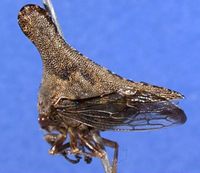 | Photo by: Matthew S. Wallace
Out Of State Co.
Comment: | 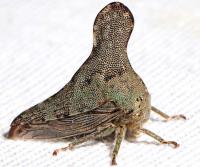 | Photo by: Ken Childs
Out Of State Co.
Comment: |
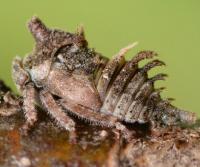 | Photo by: Kyle Kittelberger
Out Of State Co.
Comment: nymph, probably of this species | 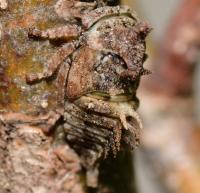 | Photo by: Kyle Kittelberger
Out Of State Co.
Comment: nymph, probably of this species |
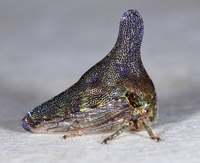 | Photo by: JIm Petranka
Madison Co.
Comment: | 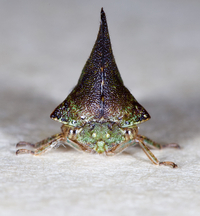 | Photo by: JIm Petranka
Madison Co.
Comment: |
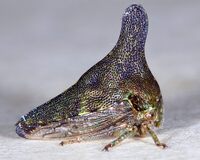 | Photo by: JIm Petranka
Madison Co.
Comment: |  | Photo by: Erich Hofmann, David George, Rich Teper, Jeff Niznik
New Hanover Co.
Comment: |
 | Photo by: M. Prinz, A. Garton, H. Talcott, Z. Lunn
Moore Co.
Comment: WEWO |  | Photo by: Steve Prophater
Montgomery Co.
Comment: Found on my shirt after canoe ride. |
 | Photo by: Patrick Coin
Orange Co.
Comment: At lighted sheet in woodlands as part of moth madness educational event. rnwww.inaturalist.org/observations/301691773 |

 »
»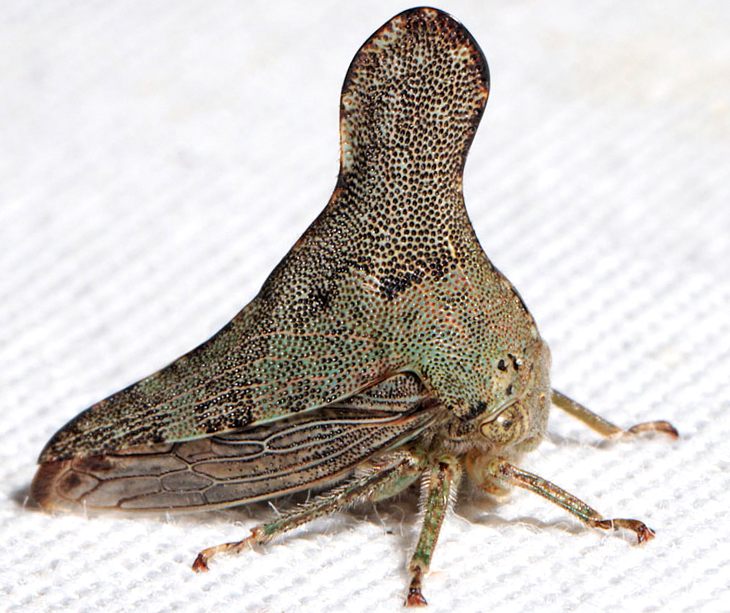
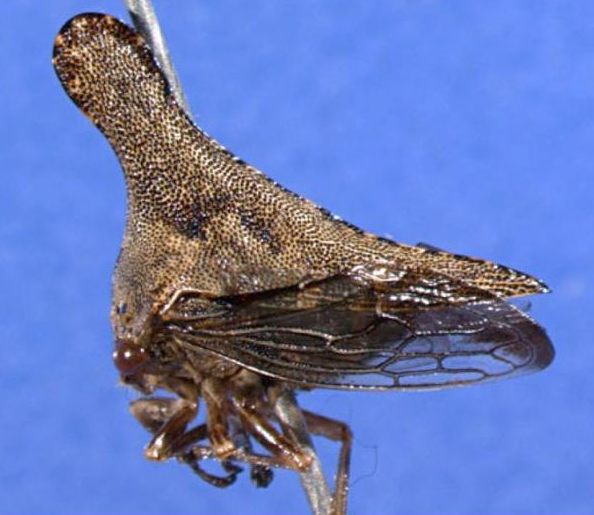
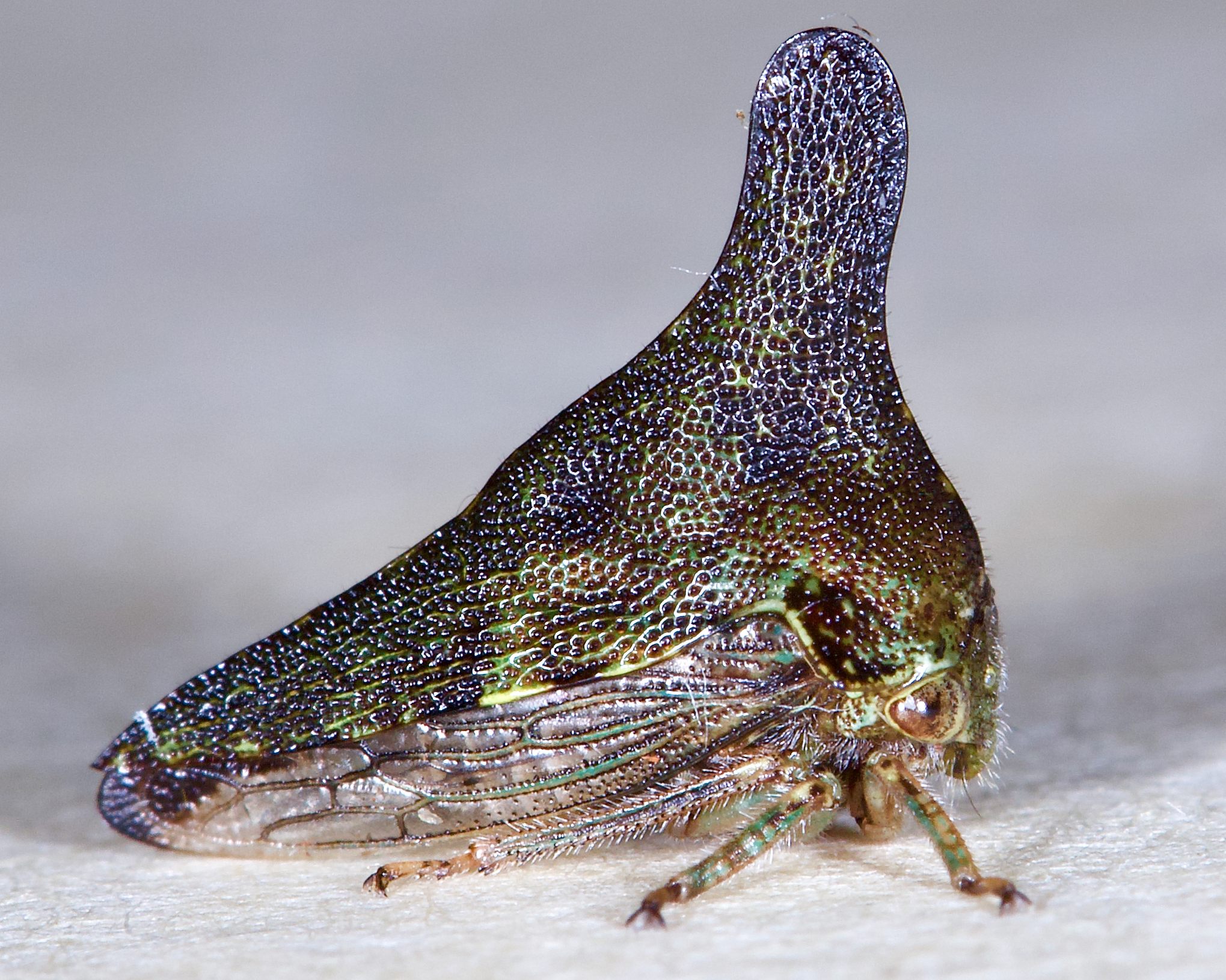
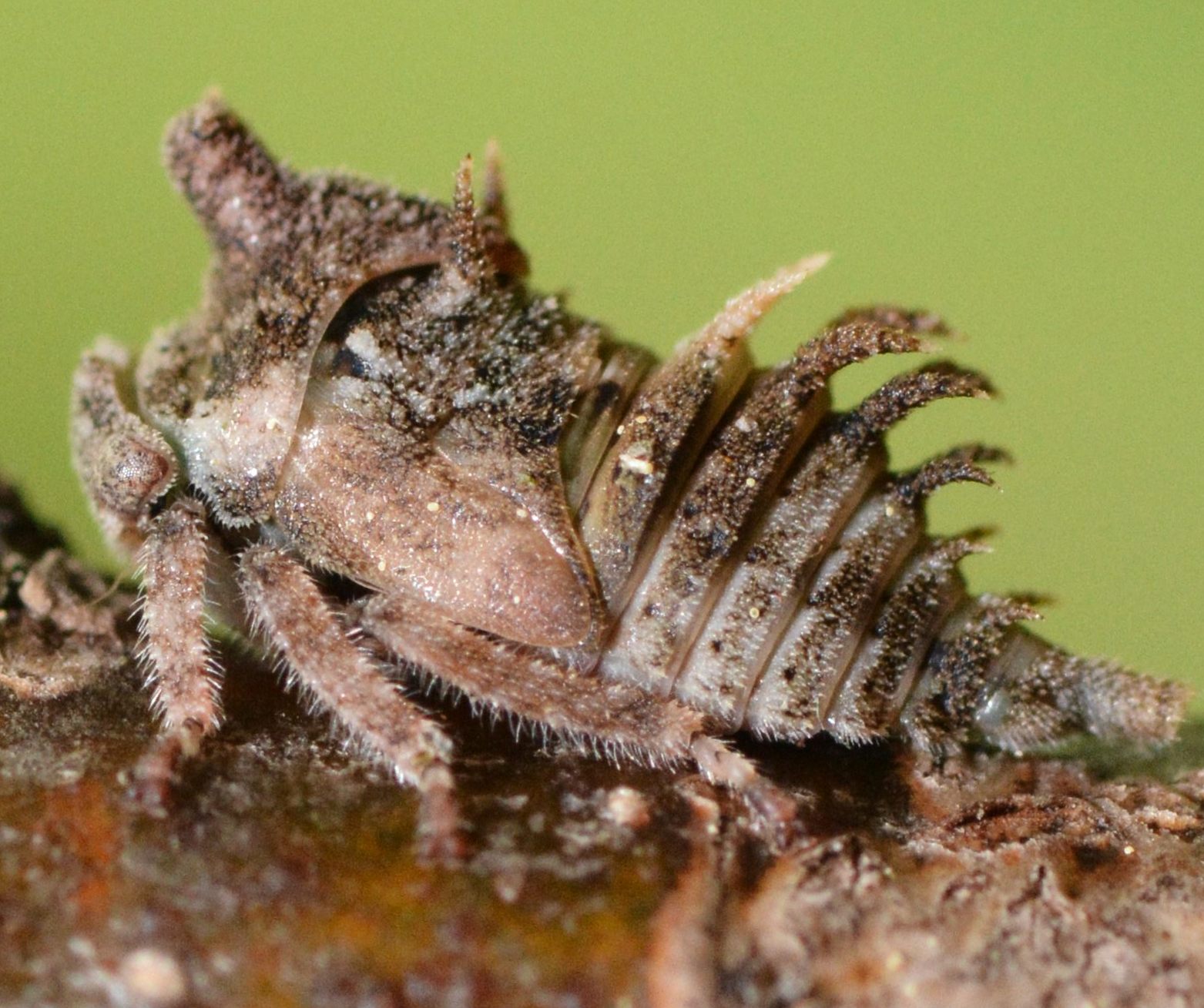

 »
»


